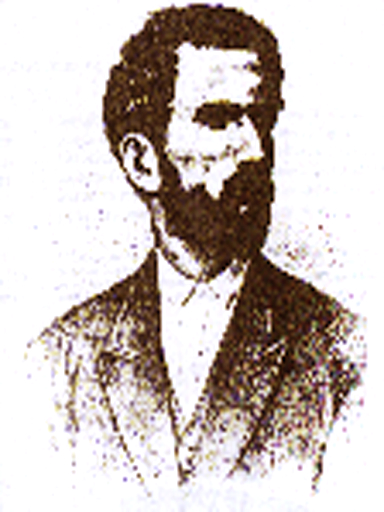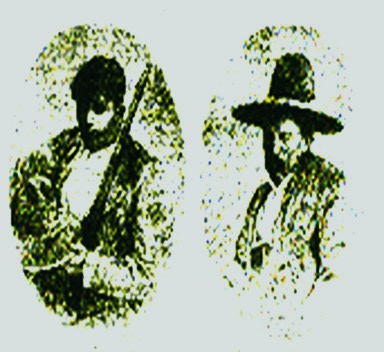Corrido de Heraclio Bernal
El corrido de
"Heraclio Bernal"
History

Heraclio Bernal in his best days.
El Rey de Sinaloa

During the pre-Revolutionary period (1870-1910) while Porfirio Diaz was in power, the corrido was much less abundant than it would be in latter years. With national affairs controlled by the central government and a long period of peace, the corridista had little to work with. However, as soon as caudillos (military leaders), bandidos (bandits) and the pueblo began to take arms in revolutionary bands, the corrido had a new purpose. During this time period, some of Mexico's most important national figures like Francisco Madero, Venustiano Carranza, Emiliano Zapata, Pancho Villa, and Alvaro Obregon were swept from their high positions by rebellion and political assassination. As such, these figures often met with violent deaths giving the corridista subjects that were not only historical but dramatic. Through the tales that the corridista spun, these men became not only famous but legendary. Today we still hear these corridos in cantinas and plazas throughout Mexico and parts of the United States.
Most interesting are the corridos of the bandidos who were often striking personalities. These bandidos were usually close to the pueblo and often acted as modern day "Robin Hoods". Heraclio Bernal was a typical "Robin Hood" character, taking from the mines and the government and giving to the pueblo which included laid off mine workers. Although most of the corridos about Heraclio Bernal celebrate him as a larger than life character, it is important to remember that he was a real man....a very couragous and brave man.
Heraclio Bernal was born in 1855 in El Chaco in the municipality of San Ignacio, Sinaloa as the fourth child of a poor family. Bernal's first run-in with the law came in the town of Guadalupe de los Reyes where he worked in the local mine. Here he was wrongly accused (according to some) of stealing bars of iron and arrested. Although he was able to get away, he was later apprehended in a small town nearby. Bernal was sent to Mazatlan where he spent the rest of the year (1877) in jail.
Map of Sinaloa and environs
Later in 1879, Bernal would help the rebellion of Jesus Ramires Terron once again. Terron had just launched the Plan de Copala which denounced the government of Porfirio Diaz and demanded a strict interpretation of the constitution of 1857. From 1880 on, Bernal took the city of Mazatlan and extended his raids from Nayarit to the Tarahumara mountain range. He continued to attack mines and other government offices as he controlled nearly the entire line of the Sierra Madre Occidental.
In 1885, Bernal signed and published the Plan en la Rastra that denounced the president of the republic and the local authorities of Sinaloa. However, it was in 1886 that Bernal gained national fame. During a presidential address, Porfirio Diaz mentioned the fight that his government was engaged in with Bernal and in 1887, a bounty of 10,000 pesos was placed on his head.. There are a number of versions as to the death of Bernal. One version states that he was hiding in a cave dying of illness with his friend Crispín García standing guard. According to this version, after Bernal had died of his illness, García shot him in the head several times so he could collect the bounty. However, according to Nicole Giron, Bernal was surrounded in the mountains near the mines of Nuestra Senora Sinola and was killed on the fifth day of January in 1888 (Avitia Hernández 309). No matter how Heraclio Bernal died, the fact is that his name lives on. Many versions of the corrido of Bernal's death still exist today as a tribute to the Rey de Sinaloa.
Avitia Hernández, Antonio. "Apuntes a Heraclio Bernal". Corrido histórico mexicano (Voy a cantarles la historia), Tomo I, Segunda Parte. Unpublished. p. 309.

 Return to "Corrido de Heraclio Bernal"
Return to "Corrido de Heraclio Bernal"  Go to "Heraclio Bernal, Precursor to the Mexican Revolution"
Go to "Heraclio Bernal, Precursor to the Mexican Revolution"  Go to Corrido related Links
Go to Corrido related Links  Go to Jaime's Home Page
Go to Jaime's Home Page